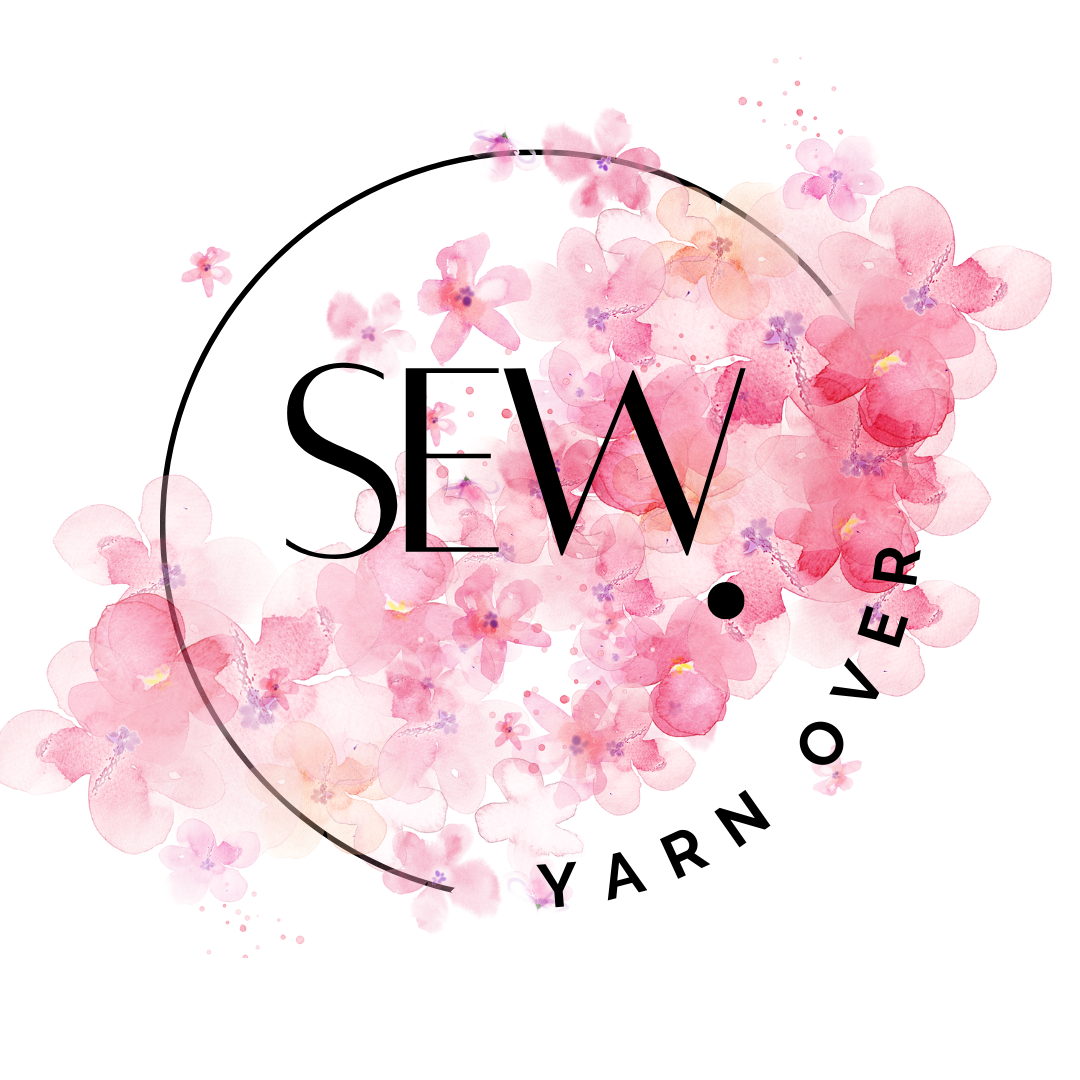The Lutterloh System
I have been raving about the Lutterloh system for a wee while over on my Instagram, and been promising a blog post! Well there’ll probably be more than one!
I first stumbled across Lutterloh when watching a With Wendy video, and was intrigued. So of course, off I went to snoop on the website. I was intrigued.
What is it?
The basic concept of the Lutterloh system is that it uses the golden ratio (or golden rule) to determine pattern pieces based off two measurements: bust and hip. How this is all calculated I don’t know, but regardless it’s pretty cool!
Regarding sizing, the basic kit ruler goes up to 140cm (55”). There is a separate XL/XXL system which, from the grainy photo, might go as far as 170cm (66”). There are far fewer patterns, but it is worth thinking of these as building blocks.
How does it work?
Patterns come on a single A5 sheet and you use a funky tape measure and a drawing pin to trace out the pattern to your measurements. As every body is different, adjustments will always need to be made (for example, I know I always need a full bust adjustment (fba) and often a small broad back adjustment), but instead of starting from a commercial pattern block, you’re starting point is much closer to your measurements. Just remember to add your seam allowances!
I’ve found that I need to make very few alterations to patterns and the entey-level fit is fantastic.
Toiling is definitely key to successful use of the Lutterloh system, wearable or otherwise. I’m about to embark on a coat pattern (the one in the image below, from supplement 323, and I plan on documenting it all for the blog.
The downsides?
It would be remiss of me not to be frank about the downsides, and there are definitely downsides.
Price
The entry level Golden Rule system comes on at £109.07 (converted from Euro’s and not including shipping). Each supplement (released four times a year) comes in at a high of £18.32 (also not including shipping), apparently dropping in price as they get older (this is based off the website but I don’t know if these are old prices or if the supplements drop in price as they “age”, as it were).
There is often a 20% discount code on the website, which brings the cost, including postage, down to £101.53.
Whilst these numbers look high, its worth comparing this cost against other patterns. Let’s call the average cost of an average PDF pattern £10, so that £109.07 could theoretically buy you ten patterns. The entry level Golden Rule kit contains 280 patterns. That’s not even 40p per pattern. The supplements contain 20 patterns, and the highest cost of £18.32 would often barely cover the cost of a PDF pattern with A0 printing included.
An additional cost is pattern drafting paper. This can be bought in bulk, an initial outlay, but reducing overall cost, or brown paper rolls from a pound shop also work brilliantly.
Time
There is no doubt that the drafting of Lutterloh patterns is a huge time sink. Drafting the pttern, adding seam allowance, cutting it all out, making the toile (and maybe a second one…)
It’s all totally worth it if you enjoy this aspect of sewing, I would rather draft than tape together an A4 pattern myself.
The flip side, however, is that it doesn’t matter if you change sizes, a garment can easily be redrafted. No reprinting or repurchasing required!
Accessibility
This is multi-faceted, dealing with sewing ability and personal circumstance.
There are no instructions. The initial set does have a decent section on sewing tips and how-to’s, so the sewist is not left entirely in the dark, but there’s no step-by-step process or order of construction for each individual garments.
It can be daunting to be left in the sewing wilds with no direction, but personally I love it. I find it very freeing to construct a garment in a way that makes sense to me (though I do appreciate the value of and work that goes into well-written pattern instructions).
Regardless of the lack of dedicated instructions, and of more importantly when considering the whole sewing community, the Lutterloh system, wonderful as the concept is, is sadly not necessarily the most conducive for individuals with disabilities. If you do not have a large enough table surface, scrabbling around on the floor may not be an option. Likewise, finagling the tape measure and a pen might not be as simple an operation for some as it is others.
Conclusion
Overall, I would highly recommend the Lutterloh system to any sewist who might want to veer off the beaten path. For pattern hackers and experimenters, for a stepping stone to better fit and for a more complete sewing process (though this last point is entirely subjective). If you’re able, I’d definitely give it a try.



